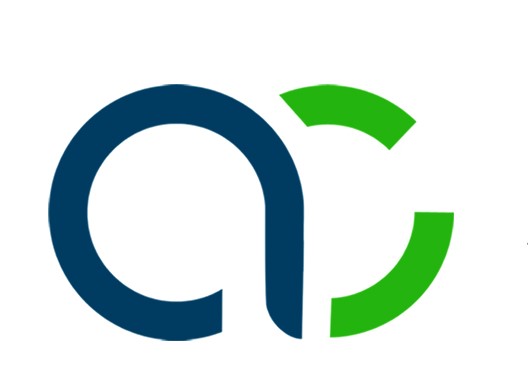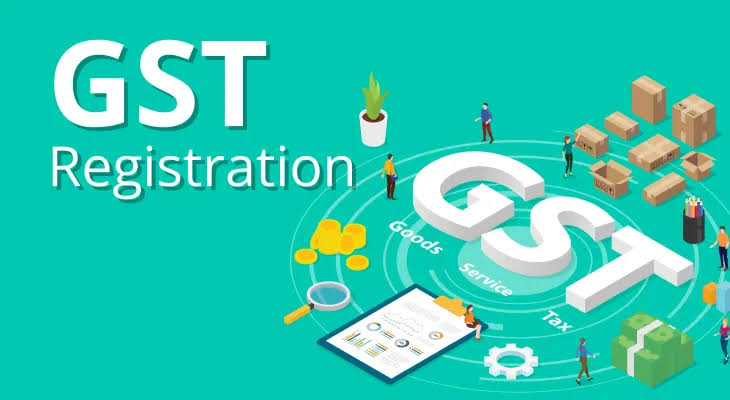Understanding the Lower Tax Deduction Certificate in India
Taxation in
India can be complex, especially with varying TDS rates. The Lower Tax
Deduction Certificate (LTDC) helps taxpayers who believe the standard TDS rate
is higher than their actual tax liability. This blog explores LTDC eligibility,
application process, and benefits for individuals and businesses. What is a
Lower Tax Deduction Certificate? A Lower Tax Deduction Certificate, issued by
the Income Tax Department of India, allows for tax deductions at a lower rate
than the standard TDS rate. It benefits taxpayers whose actual tax liability is
less than the standard TDS deductions for the financial year.
Eligibility for an LTDC
Eligibility for an LTDC :
To apply for an LTDC, the taxpayer must meet certain
criteria:
Tax Compliance: The applicant should be compliant with
their tax filings and have no pending tax dues.
Income Proof: Demonstrable evidence that the taxpayer’s
income justifies a lower TDS rate.
Previous TDS Records: Historical TDS data reflecting that
the actual tax liability is consistently lower than the TDS deducted.
Application Process :
Form Submission: The application for an LTDC is made
through Form 13. This form needs to be filled with details of income, estimated
total income for the current financial year, and the applicable rate of TDS.
Supporting documents: Along with Form 13, applicants must
submit supporting documents like financial statements, previous years’ tax
returns, and any other relevant financial documents.
Online Application: The application can be filed online
through the TRACES (TDS Reconciliation Analysis and Correction Enabling System)
portal.
Review and Issuance: Upon submission, the Income Tax
Department reviews the application and documents. If satisfied, they issue the
LTDC specifying the lower TDS rate.
Benefits of an LTDC :
Cash Flow Management: Lower TDS rates mean more immediate
funds are available to the taxpayer, improving cash flow and liquidity.
Avoidance of Refund Delays: Taxpayers can avoid the
cumbersome process of claiming refunds due to excess TDS.
Ease of Compliance: Streamlines the compliance process by
aligning the TDS rate more closely with the actual tax liability.
Common Challenges and Solutions
Common Challenges and Solutions :
Application Rejections: Rejections can occur due to
incomplete forms or inadequate supporting documents. Ensuring accurate and
complete submissions can mitigate this risk.
Timely Renewals: LTDCs are generally valid for a specific
financial year. Taxpayers should reapply well before the expiry to avoid
reverting to higher TDS rates.
Understanding eligibility: Engaging a tax professional can
help in understanding eligibility and preparing a strong application.
Conclusion :
Navigating the intricacies of the Lower Tax Deduction
Certificate can significantly benefit taxpayers in India, particularly those
whose actual tax liabilities are lower than the standard TDS rates. By ensuring
proper compliance and timely applications, taxpayers can manage their finances
more effectively and avoid the pitfalls of excess tax deductions. For
businesses and individuals alike, understanding and utilizing the LTDC can lead
to better financial management and more accurate tax compliance.
Call to Action :
If you believe you qualify for a Lower Tax Deduction
Certificate, consider consulting with a tax professional to guide you through
the process and ensure a smooth application experience. Stay informed and
proactive in managing your tax deductions to optimize your financial health.
By staying updated with the latest tax regulations and
leveraging tools like the LTDC, taxpayers can ensure they are not overburdened
by excessive tax deductions, leading to more efficient financial planning and
resource allocation.






